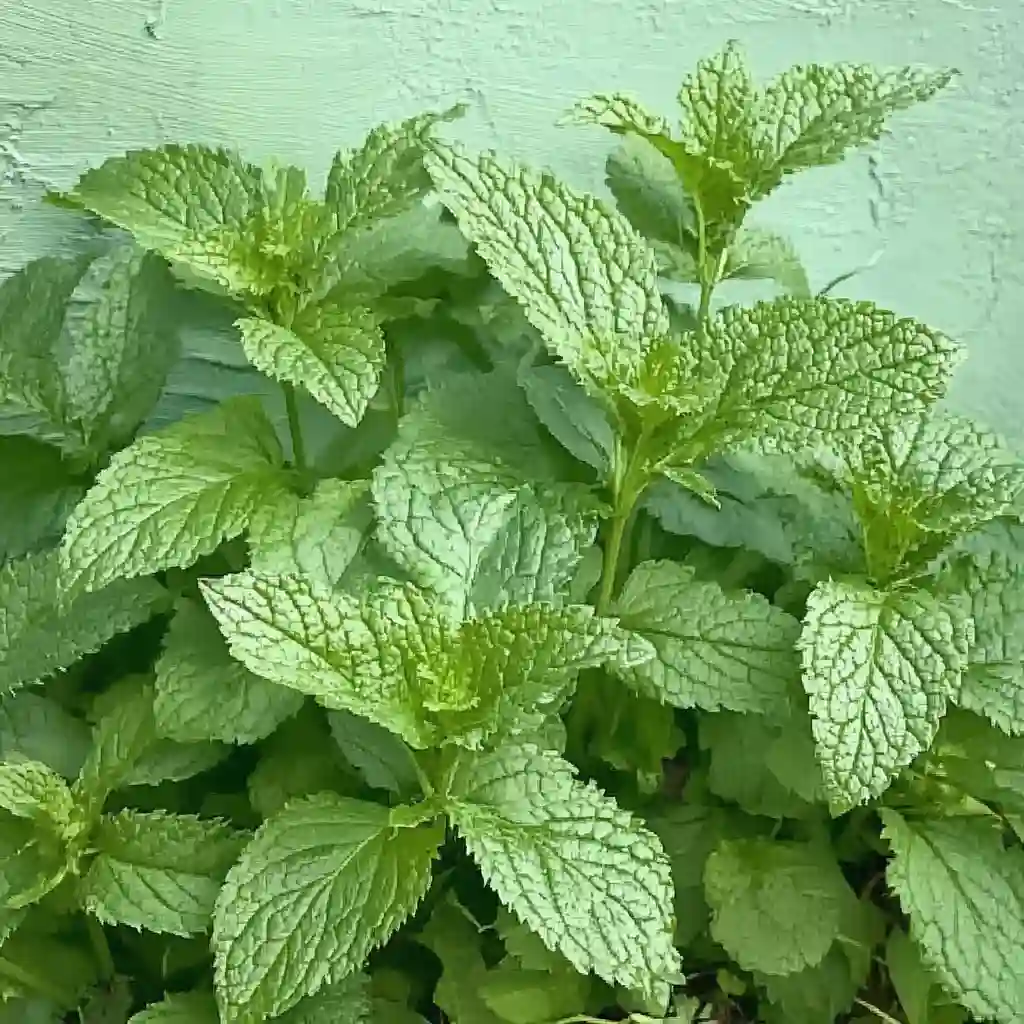If mosquitoes seem to target you more than others, it’s not just bad luck—it’s science. Research shows these pesky insects are drawn to certain body odors, higher body temperatures, and even sweat. While commercial repellents may help, they often come packed with chemicals that aren’t ideal for your skin or the environment.
The good news? Nature offers its own powerful defense. There are several plants that mosquitoes hate, thanks to their strong, aromatic scents. These natural mosquito repellents not only smell great to us, but are downright offensive to mosquitoes—and many can be grown right in your home or on your balcony.
In this guide, we’ll explore the top plants that repel mosquitoes, how to grow them successfully indoors, and tips for using their natural oils to keep bites at bay.
Quick Facts & Botanical Insights
Before we dive into how to grow these mosquito-repelling plants, let’s get to know the stars of the show. Here’s a quick look at the most effective mosquito-repellent plants and what makes them work:
🌿 Lemon Balm (Melissa officinalis)
- Family: Mint (Lamiaceae)
- Repelling Agent: High citronellal content
- Fun Fact: Though calming for humans, lemon balm’s citrusy scent drives mosquitoes away.
- Caution: It’s highly invasive—grow in containers to control spread.
🐾 Catnip (Nepeta cataria)
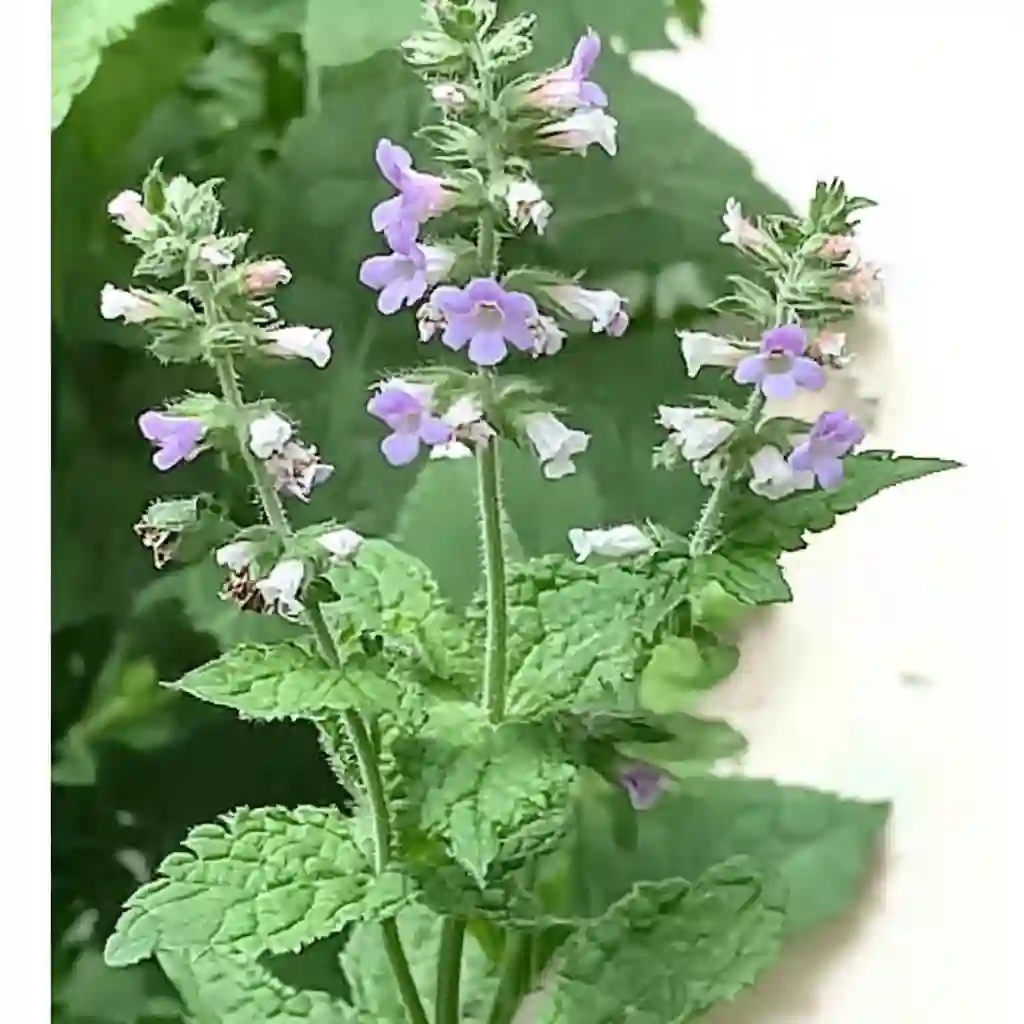
- Family: Mint (Lamiaceae)
- Repelling Agent: Nepetalactone (more effective than DEET in some studies)
- Bonus: Cats love it, mosquitoes don’t. A win-win (unless you’re also battling neighborhood cats).
🍋 Lemongrass (Cymbopogon citratus)
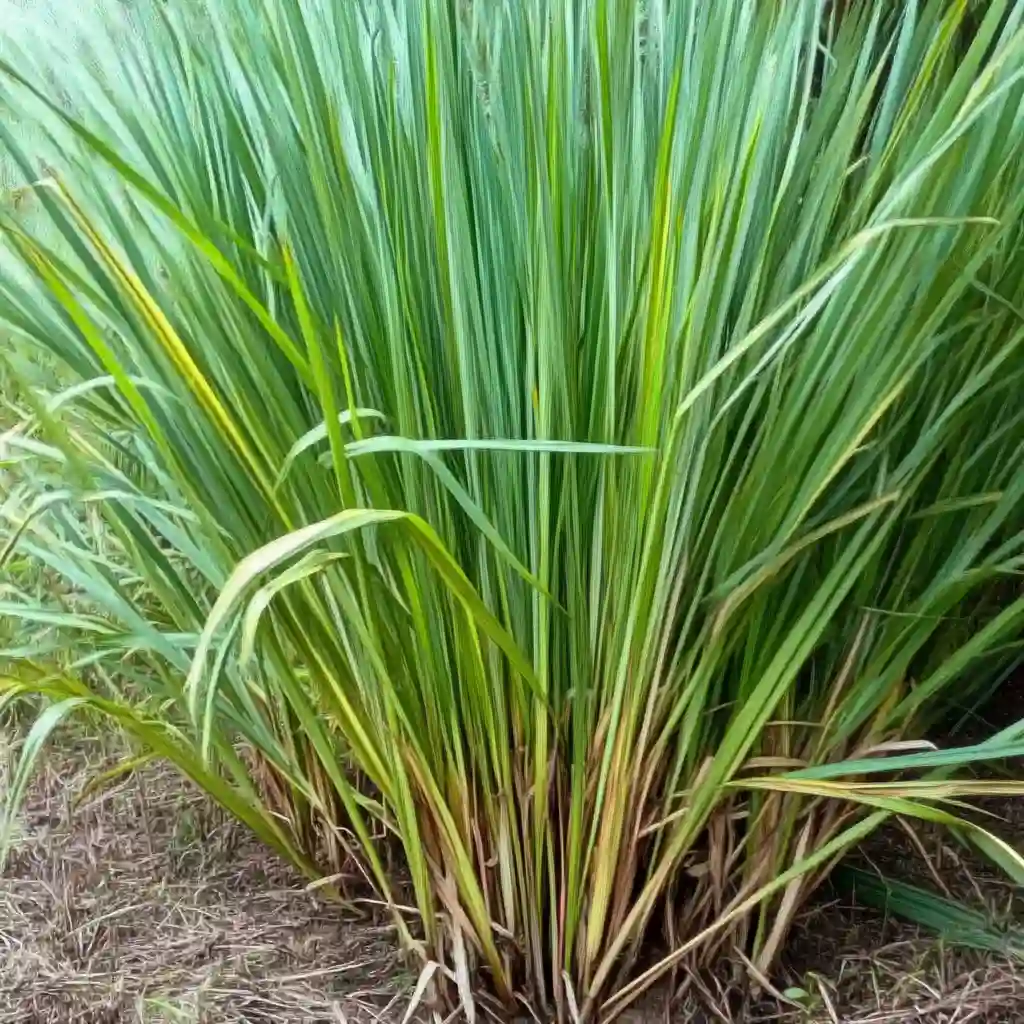
- Family: Grass (Poaceae)
- Repelling Agent: Citronella oil
- Use Tip: The stalks are also edible and used in Asian cuisine. Great for cooking and mosquito defense.
🌿 Basil (Ocimum basilicum)
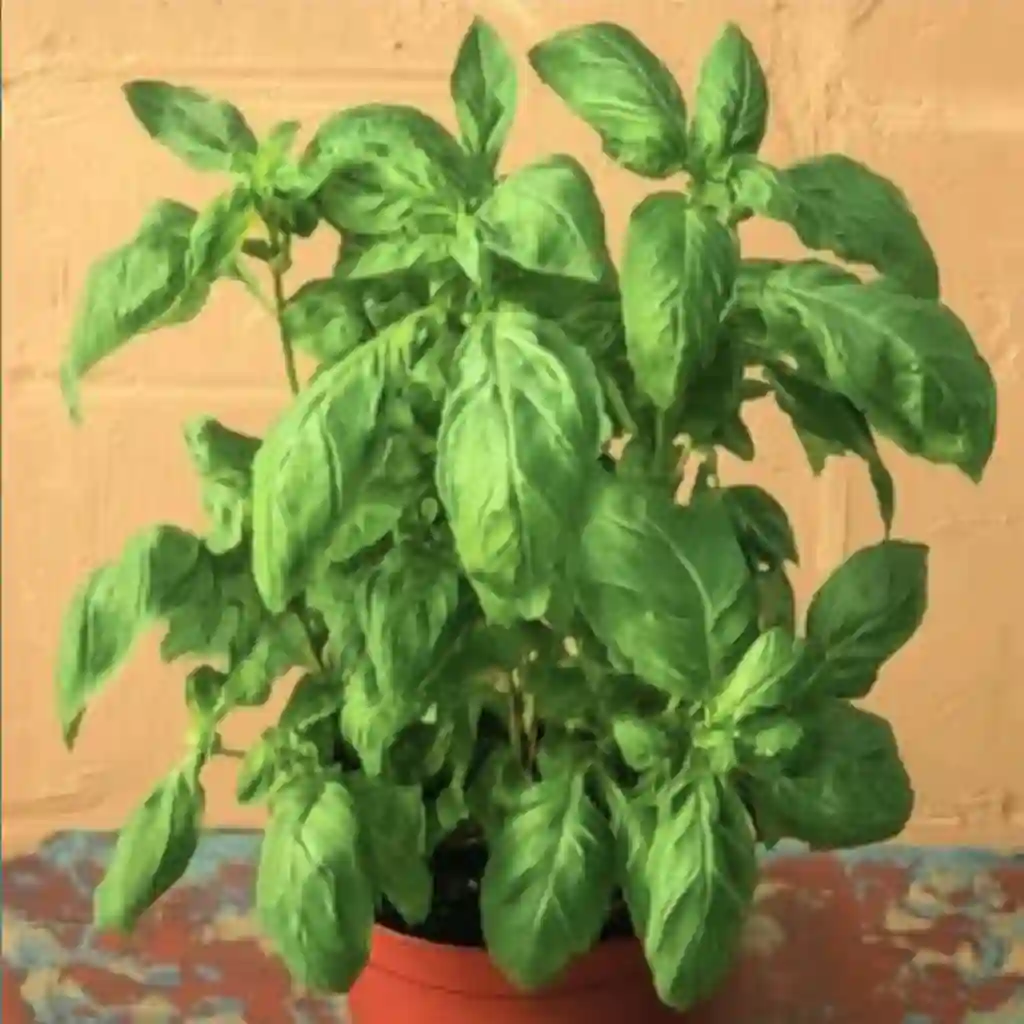
- Family: Mint (Lamiaceae)
- Repelling Agent: Eugenol
- Extra Benefit: Its aroma repels adult mosquitoes and its essential oil is toxic to larvae.
💜 Lavender (Lavandula angustifolia)
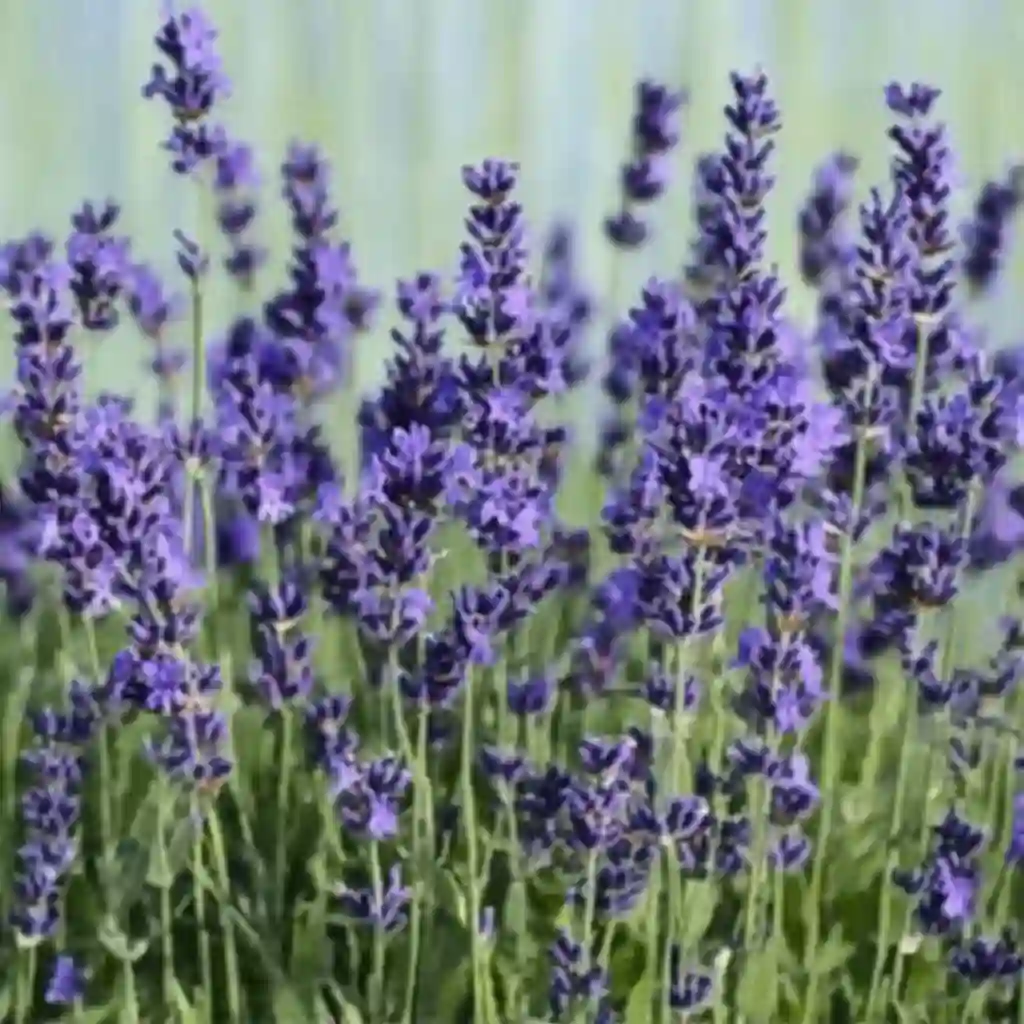
- Family: Mint (Lamiaceae)
- Repelling Agent: Linalool and camphor
- Good To Know: The scent calms humans but annoys insects like moths, flies, and mosquitoes.
🌱 Wild Mint (Mentha arvensis)
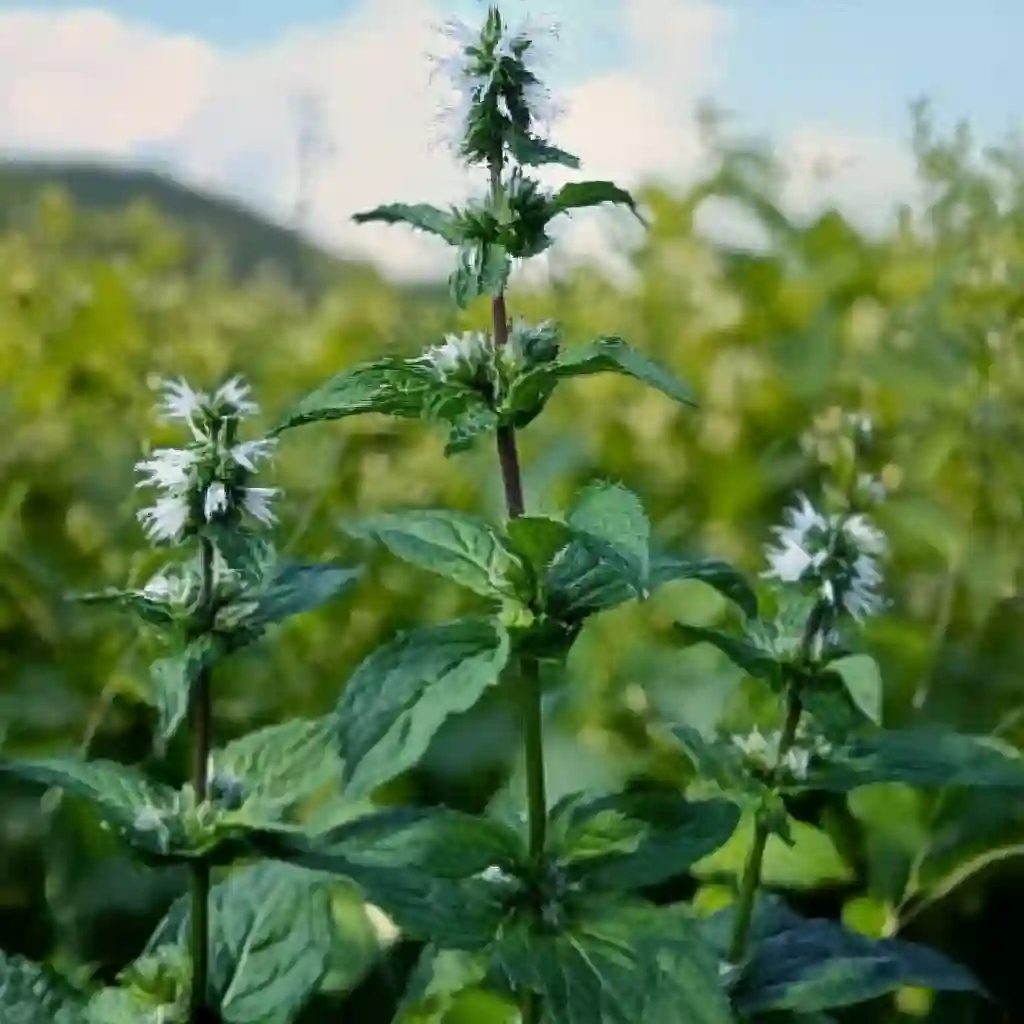
- Family: Mint (Lamiaceae)
- Repelling Agent: Menthol
- Dual Purpose: Use it as a spice, tea, or natural repellent—especially effective in oil form.
🔥 Sage (Salvia officinalis) & Rosemary (Rosmarinus officinalis)
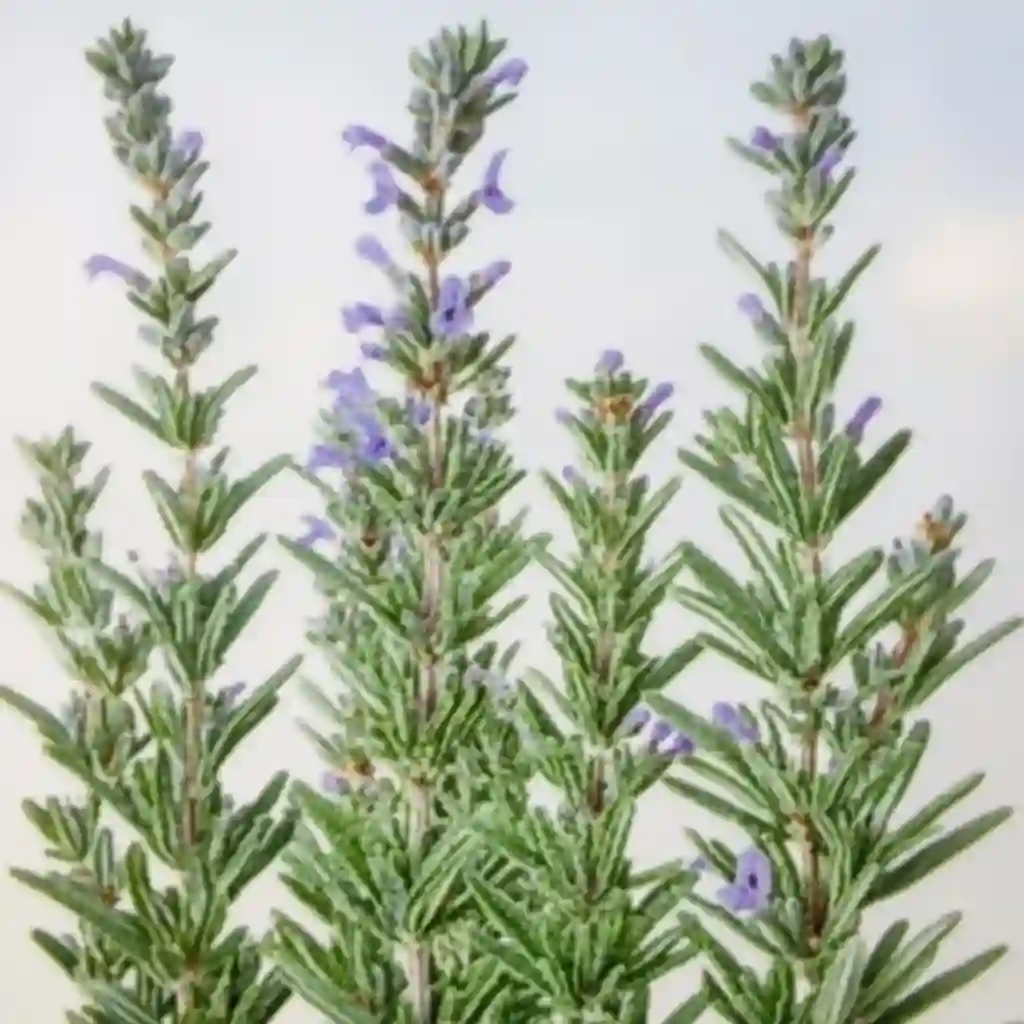
- Repelling Agent: Essential oils released when burned
- Best Use: Toss sprigs on outdoor fires for a naturally insect-repelling smoke.
🌼 Tagetes (Marigolds)

- Repelling Agent: Pyrethrum
- Why It Works: This compound is a key ingredient in many synthetic mosquito repellents—but here, it’s 100% natural.
Each of these plants offers unique properties that help repel mosquitoes—and they’re all easy to grow in pots, planters, or garden beds.
Up next: How to create the perfect growing conditions for these mosquito-fighting powerhouses.
Ideal Growing Conditions for Mosquito-Repellent Plants
To get the most out of your mosquito-repelling plants, it’s essential to grow them in the right conditions. Whether you’re planning a windowsill garden or a lush balcony setup, here’s how to keep each plant healthy and aromatic enough to ward off pests:
🌞 Light Requirements
Most mosquito-repellent plants thrive in full sun, needing at least 6–8 hours of sunlight per day. If you’re growing indoors:
- Use a south-facing window when possible.
- Consider supplemental grow lights, especially during winter or in low-light rooms.
🌡️ Temperature & Climate
- Lemongrass, basil, catnip, and lemon balm prefer warm temperatures (65–85°F / 18–29°C). Keep them away from cold drafts.
- Lavender, sage, and rosemary are Mediterranean natives, enjoying hot days and cooler nights. Ensure good airflow and avoid overwatering.
- Tagetes (marigolds) love warmth and sunshine but are frost-sensitive, making them perfect as summer annuals in pots.
🪴 Soil Preferences
- Use a well-draining potting mix for all plants.
- For herbs like lavender, rosemary, and sage, opt for sandy or slightly alkaline soil.
- Keep soil light and airy with added perlite or coarse sand for drainage.
💧 Watering Needs
- Most of these plants prefer moderate watering—let the top inch of soil dry out between waterings.
- Avoid soggy soil to prevent root rot, especially for lavender and rosemary.
- Use pots with drainage holes to avoid water accumulation.
🌿 Indoor vs. Outdoor Tips
- Indoors: Ensure humidity is balanced (not too dry). Mist lightly if needed.
- Outdoors: Group plants near seating areas for natural protection.
- If moving indoor plants outdoors in summer, harden them off gradually to prevent sunburn.
💡 Pro Tip:
To amplify the repellent effect, gently crush a few leaves between your fingers to release essential oils into the air—especially before guests arrive or before you head outdoors.
Proper care not only makes your plants more effective at repelling mosquitoes but also ensures they grow lush and full, enhancing your indoor or outdoor space.
Next up: A simple step-by-step planting and setup guide to help you get started.
How to Plant and Set Up Your Mosquito-Repellent Garden
Whether you have a sunny windowsill, a cozy balcony, or a backyard patio, growing mosquito-repelling plants is easier than you think. Here’s a simple step-by-step guide to help you set up your own bite-free oasis:
🪴 Step 1: Choose the Right Containers
- Go for pots with drainage holes to prevent waterlogging.
- Use ceramic, terracotta, or plastic pots depending on your aesthetic and climate.
- For herbs like mint and lemon balm (which can spread aggressively), containers are a must to control their growth.
🛒 Step 2: Buy Quality Plants or Seeds
- Visit a local nursery or order from a trusted online source.
- Choose healthy, pest-free seedlings if you want quick results.
- If starting from seeds, follow packet instructions and start indoors in early spring.
🧂 Step 3: Use the Right Potting Mix
- A general herb potting mix works well for most.
- Add a bit of perlite, sand, or small gravel to improve drainage, especially for lavender, rosemary, and sage.
- Optional: Mix in a bit of organic compost for a nutrient boost.
🌱 Step 4: Planting
- Fill containers with your potting mix, leaving about an inch at the top.
- Gently remove plants from their nursery pots and loosen the roots before planting.
- Position them so that the root ball is level with the top of the soil.
- Water well after planting, but avoid soaking.
🌞 Step 5: Place Strategically
- Indoors: Place near sunny windows, especially south-facing ones.
- Outdoors: Arrange on balconies, patios, or doorways where mosquitoes are likely to enter.
- Create a “barrier” by clustering pots near seating areas.
🌿 Step 6: Companion Grouping
Group complementary plants together for better aesthetics and effectiveness:
- Lemon balm + lavender + basil for a calming, edible combo.
- Catnip + mint + marigold near seating areas for a more aggressive repellent setup.
- Rosemary + sage near BBQs or outdoor fire pits for smoky mosquito defense.
👃 Step 7: Activate Their Power
- To release the aroma, gently crush a few leaves daily.
- For events or evenings outdoors, rub crushed leaves on your skin (test on a small area first to avoid irritation).
With this setup, your garden won’t just look good—it’ll work for you, acting as a fragrant, living barrier against mosquitoes.
Maintenance & Ongoing Care Tips
Once your mosquito-repellent plants are thriving, keeping them in top shape is essential—not just for their beauty, but to ensure they keep releasing those bug-repelling aromas. Here’s how to maintain them with ease:
✂️ 1. Pruning for Health and Aroma
- Regular pruning keeps herbs bushy and promotes new growth.
- Snip off flowering stems (especially for basil, mint, and lemon balm) to keep the plant focused on producing fragrant leaves.
- Deadhead marigolds to encourage continuous blooming.
💧 2. Water Wisely
- Water when the top inch of soil is dry. Overwatering is one of the most common killers of indoor plants.
- Use a watering can with a narrow spout to avoid soaking the leaves—wet leaves can invite mildew or mold.
- In hot climates or during summer, increase watering slightly, especially for potted plants.
🧴 3. Fertilize Gently
- Use a balanced organic liquid fertilizer once a month during the growing season (spring through early fall).
- Avoid over-fertilizing, especially with lavender and rosemary—too much nitrogen can reduce their essential oil content.
🪟 4. Rotate Indoor Plants
- Turn indoor pots every week or two so all sides receive sunlight evenly.
- This prevents leaning and encourages symmetrical growth.
🧼 5. Keep Them Clean
- Dust can block sunlight from reaching leaves. Gently wipe large leaves with a damp cloth.
- For smaller herbs, a quick rinse under lukewarm water works—just be sure to let them dry completely before returning them to their spot.
🌬️ 6. Boost Airflow
- Especially indoors, good airflow prevents mildew and pests. Open a window or use a small fan nearby if your plants seem stagnant.
🌿 7. Harvest Smart
- Pick leaves from the top third of the plant to encourage fuller growth.
- Harvest in the morning when essential oil levels are highest.
- Use fresh leaves for teas, rubs, or infusions—or dry them for later use.
By following these simple care tips, your mosquito-repellent plants will stay vibrant, lush, and effective all season long. They’ll not only freshen your air and repel bugs—they’ll become one of the most useful parts of your garden or home decor.
Common Pests, Diseases & Organic Solutions
Even the best mosquito-repellent plants can fall victim to garden nuisances like aphids or fungal infections. But don’t worry—there are eco-friendly, non-toxic ways to protect your plants and their natural insect-fighting powers.
🐛 1. Aphids
- Signs: Clusters of tiny green, black, or white bugs on leaves and stems.
- Solution:
- Spray with a mixture of water + a few drops of dish soap.
- Add a pinch of neem oil for extra effectiveness.
- Introduce ladybugs to your garden if growing outdoors—they’re natural predators.
🕸️ 2. Spider Mites
- Signs: Webbing on leaves, yellow speckles, or leaf drop.
- Solution:
- Increase humidity—mites hate moist environments.
- Spray with a mix of water + neem oil + a dash of peppermint essential oil.
- Wipe leaves regularly to prevent infestations.
🦠 3. Powdery Mildew
- Signs: White, flour-like coating on leaves (common on basil and mint).
- Solution:
- Improve air circulation.
- Avoid overhead watering.
- Spray with a homemade solution of 1 part milk to 2 parts water—an effective and natural fungicide.
🐌 4. Slugs & Snails (Outdoor gardens)
- Signs: Ragged holes in leaves, slimy trails.
- Solution:
- Create a barrier of crushed eggshells or diatomaceous earth.
- Use a beer trap—a shallow dish of beer attracts and drowns them.
🦟 5. Still Seeing Mosquitoes?
If you’ve planted correctly and mosquitoes are still a problem:
- Ensure no standing water is nearby (even a saucer under a plant can attract them).
- Increase leaf oil release by crushing leaves more often or using natural essential oils made from your plants.
- Add a fan to your outdoor space—mosquitoes are weak flyers.
🌿 Bonus Tip: DIY Mosquito-Repelling Spray
Make a natural bug spray with your plants:
- Boil a handful of fresh herbs like rosemary, mint, and lavender.
- Strain, cool, and mix with witch hazel or apple cider vinegar in a spray bottle.
- Use on skin (test first) or spritz around doors, windows, and patios.
These methods help your plants stay healthy and productive—while keeping both pests and mosquitoes far from your space.
Pro Tips & FAQs for a Mosquito-Free Home
Now that your mosquito-repellent garden is thriving, it’s time to take it to the next level. In this section, you’ll find expert gardening tricks, clever uses for your herbs, and answers to common questions that will help you get the most out of your natural mosquito defense system.
🌟 Expert Tips for Maximum Mosquito Defense
✅ Crush & Rub Strategically
Crushing the leaves of lemon balm, basil, or lavender and rubbing them on your pulse points (wrists, neck, ankles) can act like a botanical bug spray. Always test a small area of skin first.
✅ Rotate Scents
Just like humans get nose-blind to candles, mosquitoes can become desensitized to scents. Rotate between different plants (e.g., mint one week, lemon balm the next) to stay ahead.
✅ Use Companion Plants
Mix repellent herbs with edible flowers, tomatoes, or peppers to deter both mosquitoes and plant pests like whiteflies and aphids.
✅ DIY Herbal Bundles
Dry bundles of sage and rosemary, then burn them outdoors during summer evenings to create a mosquito-repelling smoke with a cozy, campfire vibe.
✅ Essential Oil Boosters
Enhance your garden’s power with essential oils derived from your plants. A diffuser near windows or entryways can double down on your defenses.
❓ FAQs: Common Questions About Mosquito-Repellent Plants
Q: Will one plant be enough to keep mosquitoes away?
A: No, it’s best to plant several varieties and place them close to high-traffic areas. The scent needs to be strong and consistent in the air to be effective.
Q: Can I grow these plants year-round indoors?
A: Yes! Most of them—like basil, lavender, and catnip—grow well indoors with proper light. Use a grow light in winter to keep them happy.
Q: Is it safe to rub the leaves on my skin?
A: Generally yes, but always test a small area first, especially if you have sensitive skin. Avoid if you have known allergies to mint or essential oils.
Q: Are these plants safe for pets?
A: Some are—basil, rosemary, and lavender are pet-safe in small amounts. Others, like catnip (for dogs) and mint, may cause digestive upset if eaten in large quantities. Always check specific plant safety for your pets.
Q: Can I use dried herbs instead of fresh?
A: You can—especially for burning bundles or making sprays—but fresh leaves release more oils, making them more effective at repelling mosquitoes.
With these tips and insights, your home will become a natural mosquito barrier—one that smells great, looks beautiful, and supports a more eco-conscious lifestyle.
Conclusion
You’ve now got all the knowledge you need to grow a vibrant, mosquito-repelling garden—whether it’s on your balcony, windowsill, or backyard patio. Instead of dousing yourself in chemical sprays, you can surround your space (and even your skin!) with fresh, aromatic plants that not only keep mosquitoes away, but also enhance your health and your home.

